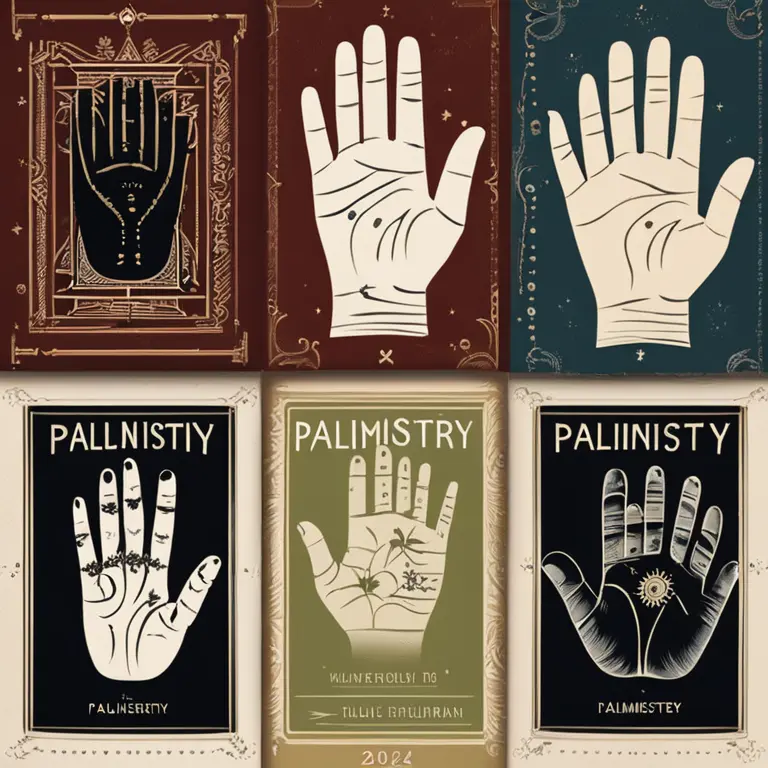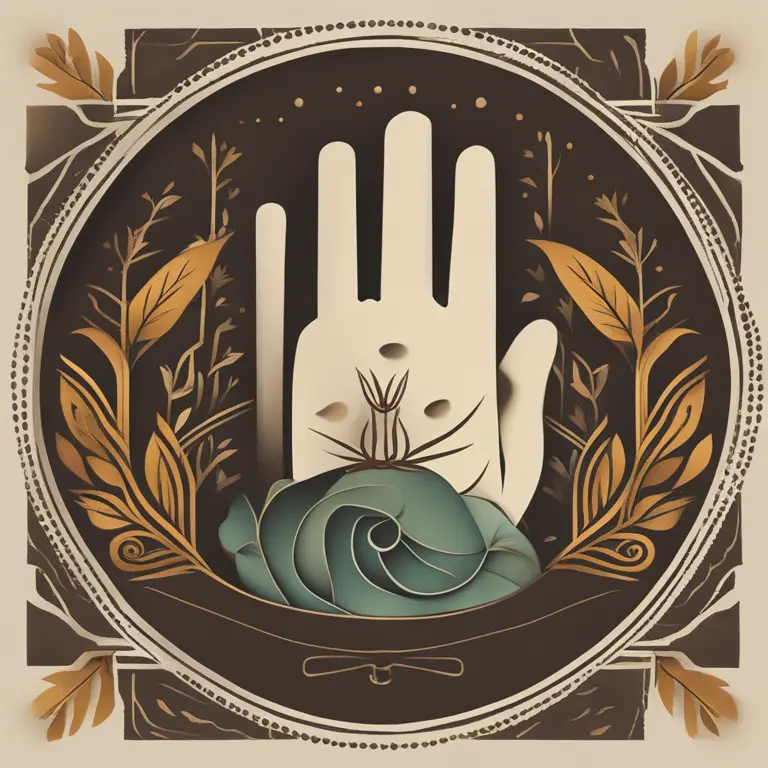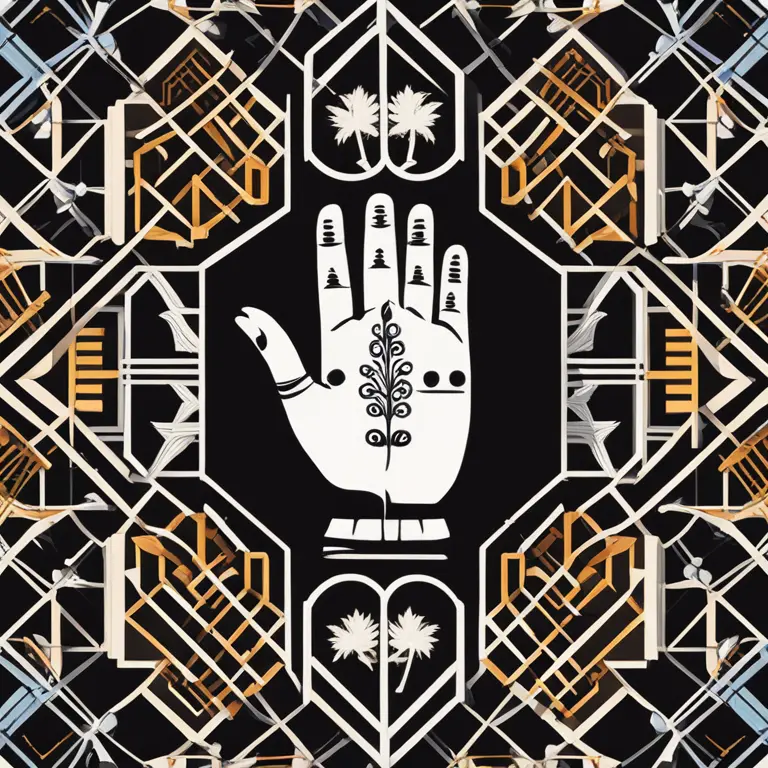
Palmistry: Which Hand Reveals Your Future?
Discover the mysteries of palmistry and learn which hand holds the keys to your future insights and personal narrative.
article by Nora Pennington
Palmistry's Basic Premise
In the fascinating world of palmistry, every line on your palm is believed to tell a unique story about your past, present, and future. As an ancient practice, palmistry has evolved through the centuries, incorporating cultural nuances and varying interpretations. Today, in 2024, palmistry remains a popular tool for self-discovery, with enthusiasts eager to delve into the insights etched on their hands. But a central question persists: which hand should you read? While opinions vary among modern practitioners, certain conventions have stood the test of time.

Significance of the Dominant Hand
Traditionally, palmists consider your dominant hand—the one you use to write and perform most tasks—as your "active" hand. This hand represents the current course of your life and how you have shaped your narrative through actions and decisions. It's a dynamic blueprint; the lines can change over time, reflecting new experiences and lessons learned. Observing these changes can help individuals understand their growth and transformations, providing a guide for future choices and challenges.

Understanding the Non-dominant Hand
Conversely, the non-dominant hand, often referred to as the "passive" hand, is thought to reflect inherited traits, potential, and untapped resources. Full of intrigue, this hand can reveal the qualities you were born with and the life path that was envisioned for you. This hand is less susceptible to change over the years and may give insight into latent talents and predispositions. Analyzing both hands in conjunction offers a comprehensive view of your persona—a blend of innate capabilities and an ever-changing personal journey.

Nuances in Interpretations
Some palmistry traditions from around the world emphasize different practices. For example, in some Eastern traditions, it is customary for women to have their right hand read and men their left, regardless of which is dominant. This is based on beliefs about masculine and feminine energies—ying and yang—that each hand represents. In Western palmistry, gender-based hand readings are less common, with the focus remaining on the dominant and non-dominant hand narratives.

Modern Palmistry Perspectives
In the wake of increased personalization and the blending of diverse esoteric systems, modern palmistry has become more inclusive. Some contemporary readers suggest using both hands equally, arguing that the non-dominant hand shows fixed traits while the dominant hand shows what you are doing with those traits. This approach gives a nod to both destiny and free will, underlining the belief that while some aspects of our lives are fated, others are for us to shape.
Palmistry as a Personal Tool
As we move further into the digitized age, palmistry has also found its place online, with digital readings and apps. Whether you're seeking guidance, curious about your romantic future, or exploring your life purpose, palmistry stands as a personal tool for reflection. Always remember, no matter which hand you choose to read, the greatest insight comes from within. Your palms are gateways to self-understanding, reflecting the story you choose to create with every action and decision.
Published: 1/11/2024
Modified: 1/12/2024
More predictions
Come back here soon to learn more about yourself and your future


Can We Trust Palmistry?
Delving into the realm of palmistry, this article examines its credibility and place in contemporary spiritual practices.


The Possibility of Palmistry in Cancer Detection
Examining the claims that palmistry holds any potential in identifying the risk of cancer: a deep dive into the world of mysticism and medicine.


Palmistry Basics: How to Read Your Hand's Secrets
Learn the basics of palmistry with this guide on how to read the lines and shapes of your hands to reveal insights about your personality and future.